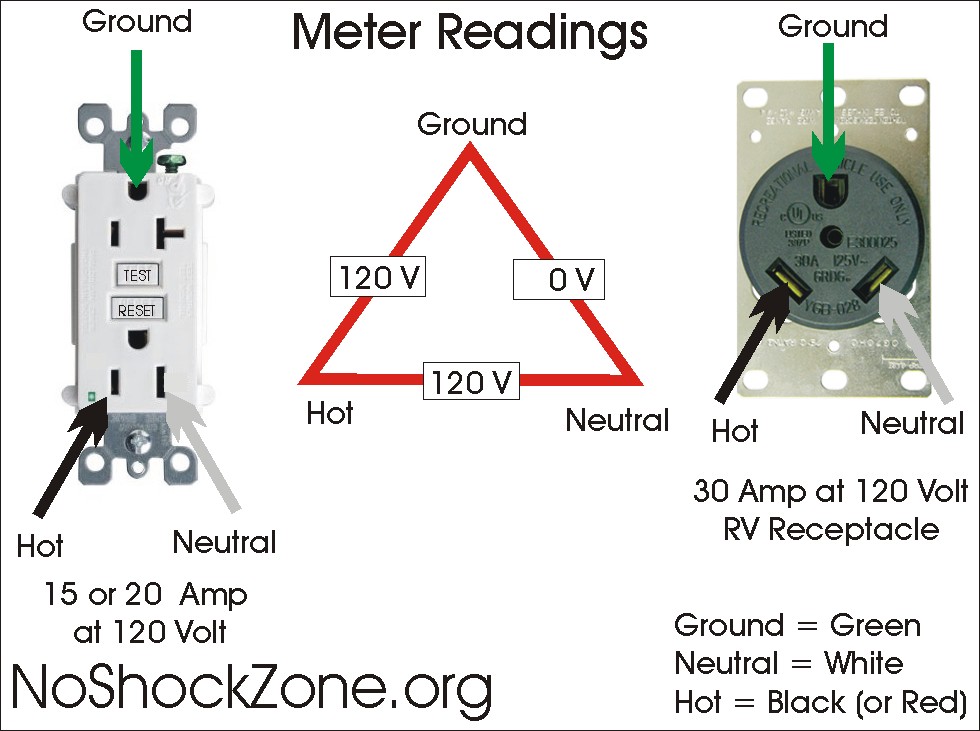harrymanimus
New Member
- Joined
- Apr 3, 2021
- Messages
- 49
I have two products with inverters that failed to run my home furnace during the Feb winter storm. I had to run a small space heater which was just passable to keep our bedrooms in the 50s. I was super close to being ‘hero level prepared’, but no cigar.
After some research, I determined that the issue running the furnace was an open ground and the furnace required bonded. It tried to work, it ran, but blew cold air and reset itself after X minutes.
Outlet tester results:
EcoFlow 1300 Portable Power Station - Open Ground
Handy Power X 1500w inverter - Hot/Neutral Reversed (Fun!)
I bought this adapter.
https://www.amazon.com/dp/B07F4R7BDL/ref=cm_sw_em_r_mt_dp_B5NG3EP13RQGCHY7H7QY?_encoding=UTF8&psc=1
How can I make my 2 devices work? I’d prefer to have the Handy Power X work as that will last a long time on a tank of gas.
I found this youtube video that seems like it will provide a bonded ground for these inverters. Video - How to build a dummy plug. Before I do this I’d like to have an idea that it will work/be safe enough for emergency usage. Since the Handy Power X reports Hot/Neutral reversed, I supposed I’d have to reverse those in a built adapter?
Thanks!
After some research, I determined that the issue running the furnace was an open ground and the furnace required bonded. It tried to work, it ran, but blew cold air and reset itself after X minutes.
Outlet tester results:
EcoFlow 1300 Portable Power Station - Open Ground
Handy Power X 1500w inverter - Hot/Neutral Reversed (Fun!)
I bought this adapter.
https://www.amazon.com/dp/B07F4R7BDL/ref=cm_sw_em_r_mt_dp_B5NG3EP13RQGCHY7H7QY?_encoding=UTF8&psc=1
- Tested this on a gas/propane generator and the outlet tester reported a bonded neutral. Works as intended.
- Tested on Ecoflow, no change, does not work.
- Tested on HandyPowerX. As soon as I plug it in the protection light came on, and the inverter power shut off. Big time fail.
How can I make my 2 devices work? I’d prefer to have the Handy Power X work as that will last a long time on a tank of gas.
I found this youtube video that seems like it will provide a bonded ground for these inverters. Video - How to build a dummy plug. Before I do this I’d like to have an idea that it will work/be safe enough for emergency usage. Since the Handy Power X reports Hot/Neutral reversed, I supposed I’d have to reverse those in a built adapter?
Thanks!




